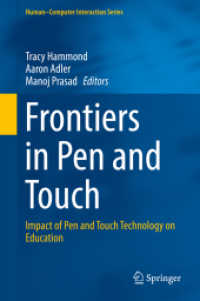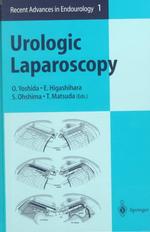Full Description
This accessible introduction to multimodality illuminates the potential of multimodal research for understanding the ways in which people communicate.
Readers will become familiar with the key concepts and methods in various domains while learning how to engage critically with the notion of multimodality. Now fully revised to engage with new research, include new case studies and present a more global outlook, the book challenges widely held assumptions about language and presents the practical steps involved in setting up a multimodal study, including:
formulating research questions
collecting research materials
assessing and developing methods of transcription
considering the ethical dimensions of multimodal research
With a wide range of examples, clear practical support and a glossary of terms, Introducing Multimodality is the ideal reference for undergraduate and postgraduate students in multimodality, semiotics, applied linguistics and media and communication studies. Online materials including an updated study guide, exercises and links to relevant resources are available on the Student and Instructor website at www.routledge.com/cw/jewitt and the Routledge Language and Communication Portal.
Contents
List of tables
List of figures
About this book
Acknowledgements
Chapter 1 Navigating a diverse field
Chapter 2 Why engage with multimodality?
Chapter 3 Systemic functional linguistics
Chapter 4 Social semiotics
Chapter 5 Conversation analysis
Chapter 6 More approaches to multimodality
Chapter 7 Designing a multimodal study
Glossary
Self-study guide
References
Index







